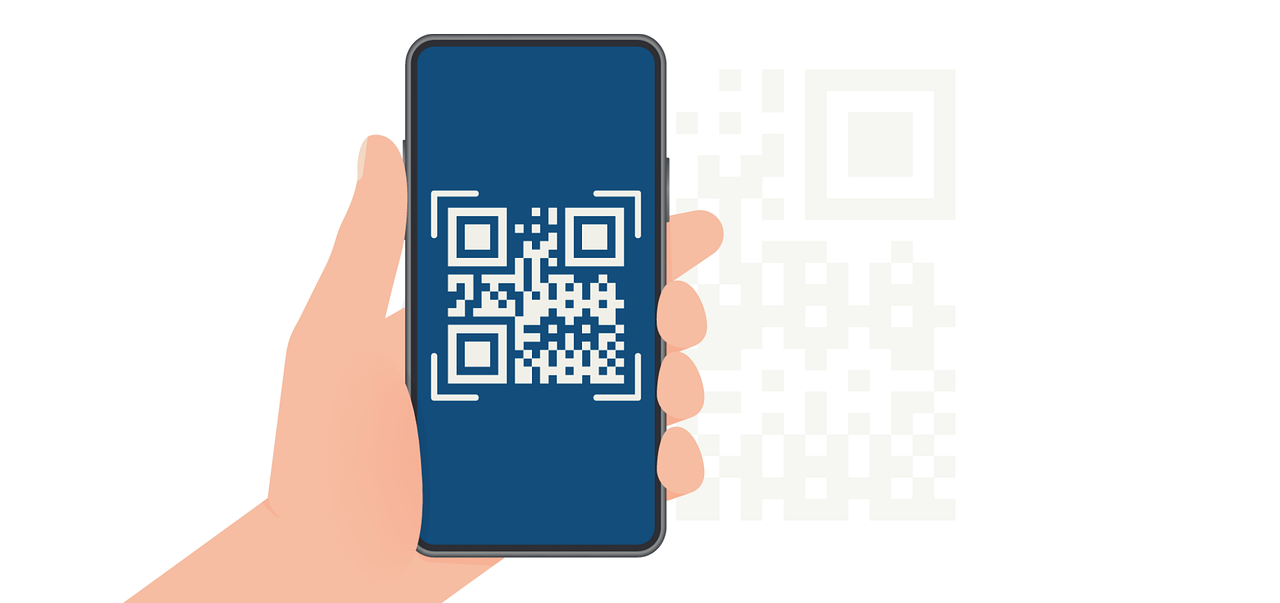Designing for Corporate and Professional Industries
Learn how to create PDF designs that are fit for corporate and professional industries.

Corporate and professional industries demand designs that are polished, precise, and purposeful. These industries often involve businesses where trust, authority, and reliability are critical, such as finance, legal services, and healthcare. The visual elements used in these designs should reinforce the brand's credibility while ensuring the information is easily digestible. A well-crafted professional design communicates not just facts but also confidence, stability, and expertise. This guide will help you learn how to achieve just that, so keep reading!
The foundation of any successful corporate design lies in clarity, consistency, and functionality. While the content often revolves around complex data and formal communication, the design must ensure that everything is easy to navigate and understand. This requires a thoughtful approach to layout, typography, and color usage.
The Role of Layout and Structure
Structure is paramount in professional design, as it determines how viewers absorb information. Corporate documents, such as reports and brochures, benefit from a grid-based approach that organizes elements systematically, for which Expressa is perfect. This ensures a logical flow and prevents visual chaos, enabling readers to focus on the core message.
For example, a financial report might prioritize a clear layout where charts and graphs align perfectly with supporting text. Margins, spacing, and alignment tools in Expressa help maintain this order, ensuring that even dense content looks neat and professional.
Tables are another effective tool for presenting structured data. In industries like healthcare or legal services, tables can display critical information, such as patient outcomes or case statistics, in a manner that's visually clear and easy to reference. If you need to add a table to your design, simply click on “Add Item” and select “Table”, or select it from the options of a section, which will be on the right panel; click the “+” sign and add a table this way.

The table has many editable features. You can edit the amount of table cells, and add many different types of elements inside the cells. Change the sizes of the table cells, add horizontal and vertical cells anywhere in the table and change their alignment and orientation. Add background colors, gradients or borders to individual table cells or the whole table. As you can see, Expressa makes an element that seems mundane, such as a table, a great and useful, customizable tool.
Typography and Its Impact
Typography is a cornerstone of corporate and professional design. Fonts communicate tone and play a significant role in ensuring readability. Sans-serif fonts like Arial or Helvetica are preferred for body text due to their clean and straightforward appearance. Serif fonts, on the other hand, can be effective for headings or logos, conveying tradition and authority. (Learn more about fonts in Expressa here!)
In corporate design, font size, weight, and spacing must work together harmoniously. A bold header might introduce a section clearly, (read more on headers and footers here), while evenly spaced paragraphs ensure that the text is approachable. Tools in Expressa allow for fine-tuning these typographic elements, ensuring that the content aligns perfectly within the grid, maintaining a professional aesthetic.
Color as a Subtle Communicator
Color usage in corporate design is typically subtle, aimed at creating a sense of trust and stability. Neutral tones like white, gray, and navy blue are common, though an accent color may be introduced to reflect a brand’s identity. For instance, a law firm might rely on dark blue and silver for a professional look, while a healthcare company might use soft greens and blues to evoke calmness and care.

Consistency in color application is vital. Headers, footers, and highlights should follow a cohesive palette throughout the design. In Expressa, this is made manageable by the color picker that lets designers apply consistent color choices across text blocks, headers, and borders. Even subtle design choices, like matching the color of a separator line to the document’s branding, can elevate the overall presentation. (Read in depth about color and color schemes here!)
Interactive Features for Modern Designs
Many corporate industries now integrate interactive elements into their materials. QR codes, hyperlinks, and even interactive buttons, (learn about them here), can enrich the user experience by providing additional layers of information. For example, a corporate annual report might include a QR code that directs investors to a video presentation or an interactive website.
Expressa allows for the seamless inclusion of these elements, enhancing the functionality of professional designs. Add a QR Code in Expressa the same way as we added the table earlier.
Adding a hyperlink to a header or button is straightforward and ensures that the design remains actionable. Just look for the “Link” option in the options of the QR Code or different element and toggle it on, then paste your needed link. (Read our guide about QR Codes/Barcodes here)
Polished, Purposeful, and Professional
Incorporating these principles ensures that corporate and professional designs remain impactful and effective. By focusing on clarity, consistency, and functionality, you can create layouts that not only communicate information but also reinforce a brand's credibility. Expressa provides the tools to achieve this, making it easy to bring professional concepts to life.


